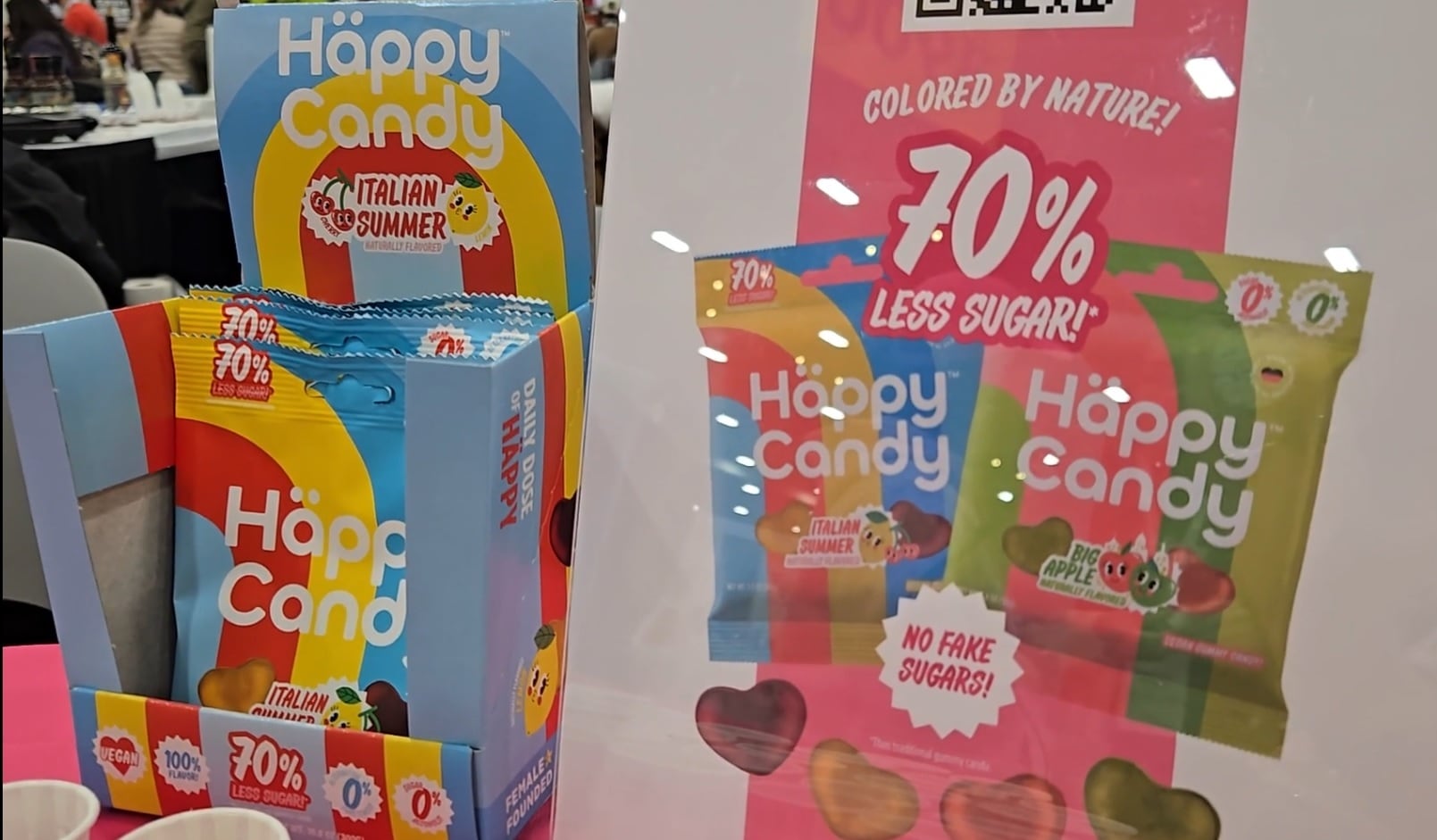In an increasingly value-driven grocery landscape, health-centric chains Sprouts Farmers Market and Natural Grocers are outperforming their mainstream peers – despite offering premium price points.
According to new foot traffic and demographic data from Placer.ai, both grocers saw significantly stronger visit growth in Q1 2025 than the wider grocery industry.
Visits to Sprouts surged 11.9% year-over-year, while Natural Grocers posted a 5.9% YoY increase – compared to a modest 0.8% YoY rise across the broader grocery space. Both chains were also named among The Packer’s “Best Natural Food Stores” list and are continuing their expansion plans for 2025.
Much of this momentum is attributed to consumer interest in unique, health-forward products, according to RJ Hottovy, head of analytical research at Placer.ai.
“People, even though they are more price conscious” and “looking to stretch their household budgets, they are willing to pay out for unique or different items,” he said.
“That is what Sprouts and Natural Grocers offer – some of these unique products that you cannot get anywhere else,” Hottovy added.
Targeting affluent, health-conscious consumers
Both Sprouts and Natural Grocers are attracting relatively affluent shoppers, including young professionals and health-conscious families, according to the report.
In Q1 2025, the median household income of Sprouts visitors was $96,800, well above the category average of $81,800. Natural Grocers visitors came from areas with a median household income of $84,000, per Placer.ai.
“This group is probably less price sensitive than the rest of the consumer,” Hottovy added.
Sprouts draw more wealthy families from the suburban periphery, or commuter-friendly suburbs close to major cities, according to Placer.ai’s audience segmentation. Natural Grocers, on the other hand, attracts a higher share of upper-middle-class suburban families and sees strong traffic from metro cities, or smaller metropolitan or satellite city markets.
This geographic split suggests that Sprouts and Natural Grocers are playing complementary roles in the grocery landscape, maximizing their relevance in different regional markets, Hottovy added.
Why product assortment still wins
In a category where low-cost players like dollar stores are gaining share, Sprouts and Natural Grocers continue to succeed by prioritizing distinct product offerings and brand authenticity.
To be a player in the natural grocer space, “it really comes down to product assortment” and publicizing that “unique assortment,” Hottovy said.
He added that authenticity is non-negotiable for these shoppers: Consumers “can sense pretty quickly when it is not authentic,” or if authenticity is “secondary to the rest of the store mix,” Hottovy said.
Sprouts has adopted a smaller store format in recent years while leaning into its differentiated offerings. “They probably lost the total number of people coming in,” said Hottovy. “But at the same time, they are getting greater frequency and visits from these groups.”
Digital engagement, while important, is not the primary driver, Hottovy noted.
“Some of the larger traditional grocers” have “done a good job on that front, too. It really comes down to just having that unique assortment,” he emphasized.
What could derail growth?
Despite their upward trajectory, both chains face potential headwinds.
Hottovy pointed to tariffs and rising prices as risks that could simmer consumer enthusiasm, even among higher-income shoppers.
“Middle and upper middle-income consumers have their breaking points,” he said. Additionally, “some of the traditional grocers [are] getting more aggressively into this category and starting to source similar products,” which brings another layer of competition for retailers to offer the specialty assortments consumers are prioritizing.




